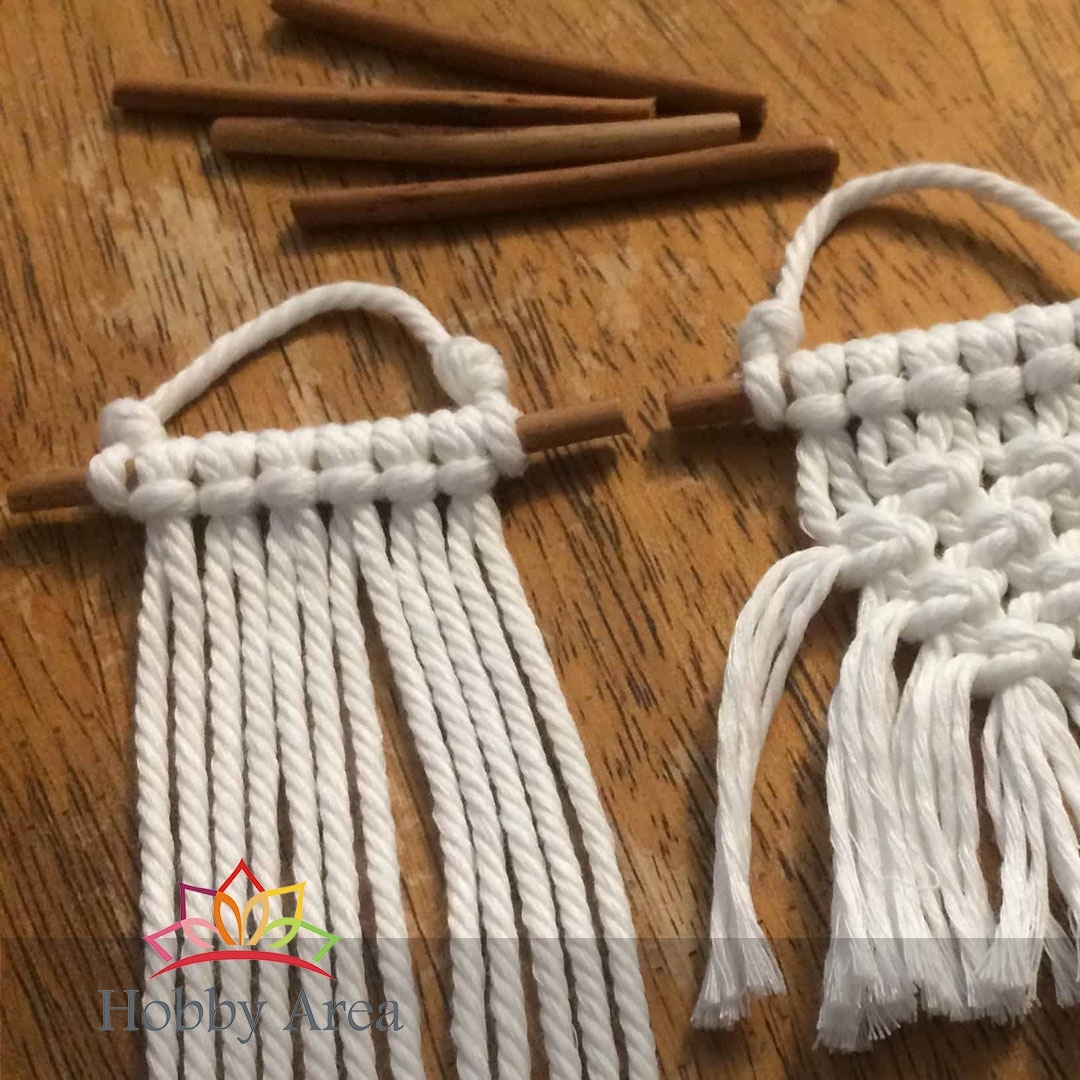Local Storage seems to be disabled in your browser.
For the best experience on our site, be sure to turn on Local Storage in your browser.
A new wave of macrame revival.

And only in the 19th century did this type of needlework, craft, and art come to be called macrame. Translated from Turkish "macrame" is a scarf or napkin with a fringe, translated from Arabic "migrants" is a fringe or scarf decorated with wicker lace.
A new wave of macrame revival began in the 19th century. Samples of wicker products of that time, stored in various museums around the world, are made mainly on the basis of a horizontal knot (rep or double) in all variations: rhombuses, chains, corners, and cells. For weaving then used a variety of materials: silk and cotton thread, silk lace, gold thread, and wool.
⠀
Since the twenties of our century, macrame has been reborn and is becoming fashionable again. Wicker items - carpets, napkins, lampshades, screens, and later curtains, flowerpots - began to decorate rooms. Wicker panels began to be combined with weaving. Macrame has also been widely used in creating items such as rocking chairs, hammocks, and gazebos. Now the possibilities of macrame have expanded even more.
⠀
Still using macrame to decorate clothes and interior rooms, they gradually began to turn to him when decorating public spaces. So, in the interior of the cafe "Pasimatimas" in Kaunas (artist V. Bartkuven), a combination of macrame and weaving was used. On the walls, there are decorative elements made of rope. Wicker lamps are successfully combined with the prevailing warm brown color of the room. The main element of decoration is panel-macramé.
Recent Posts
